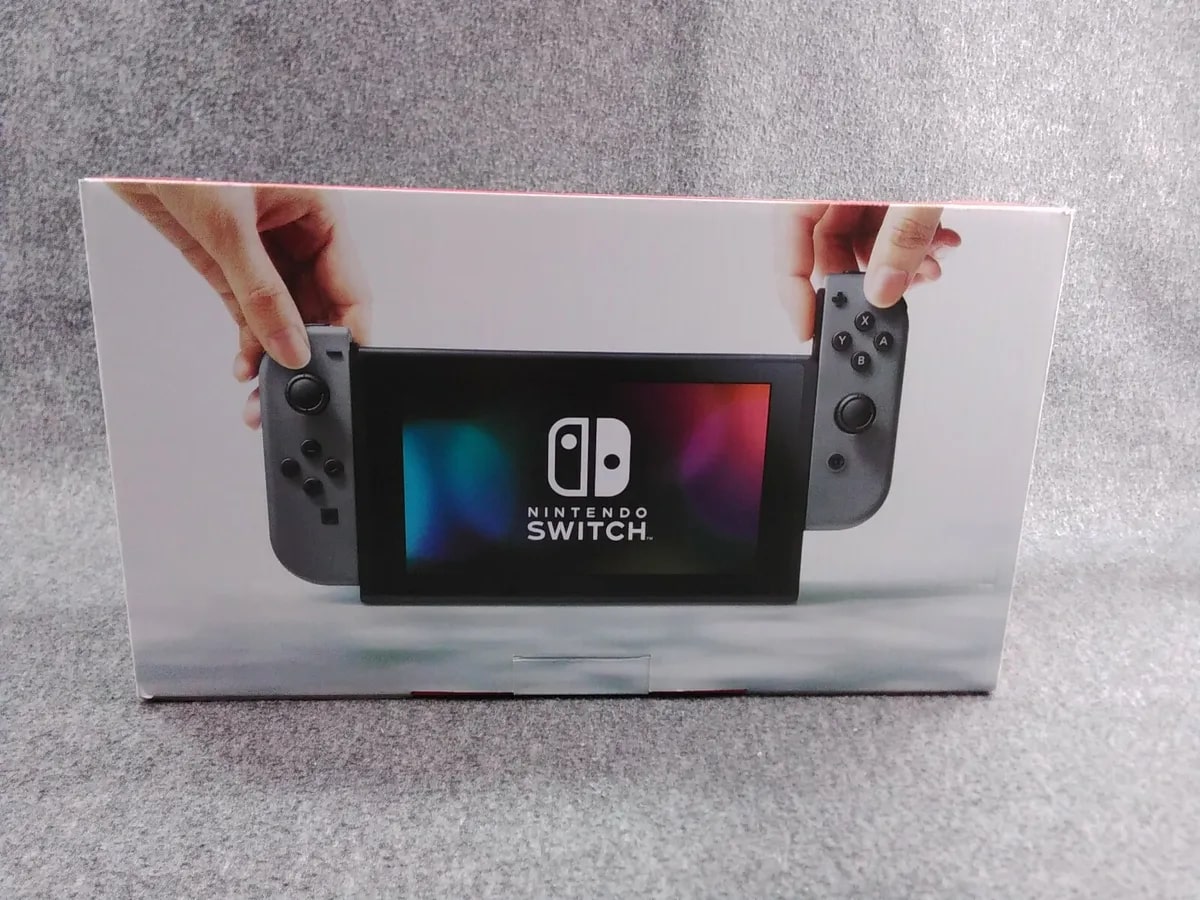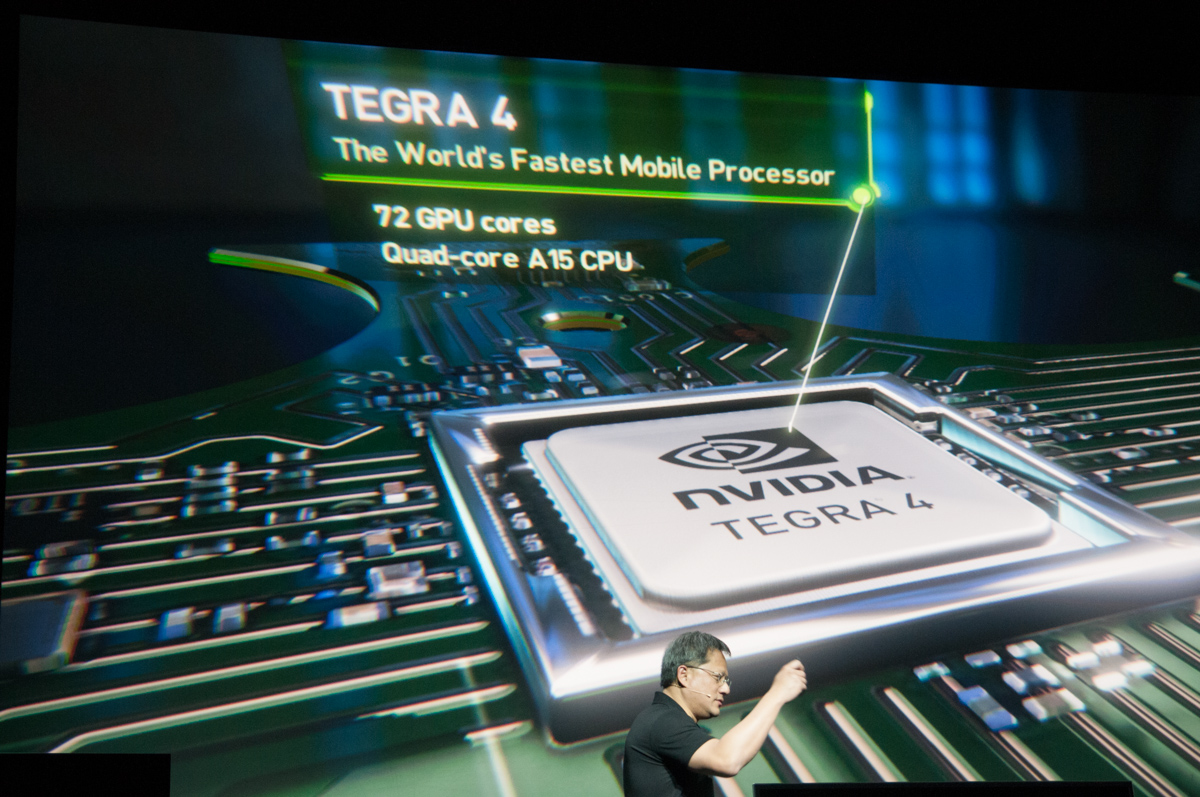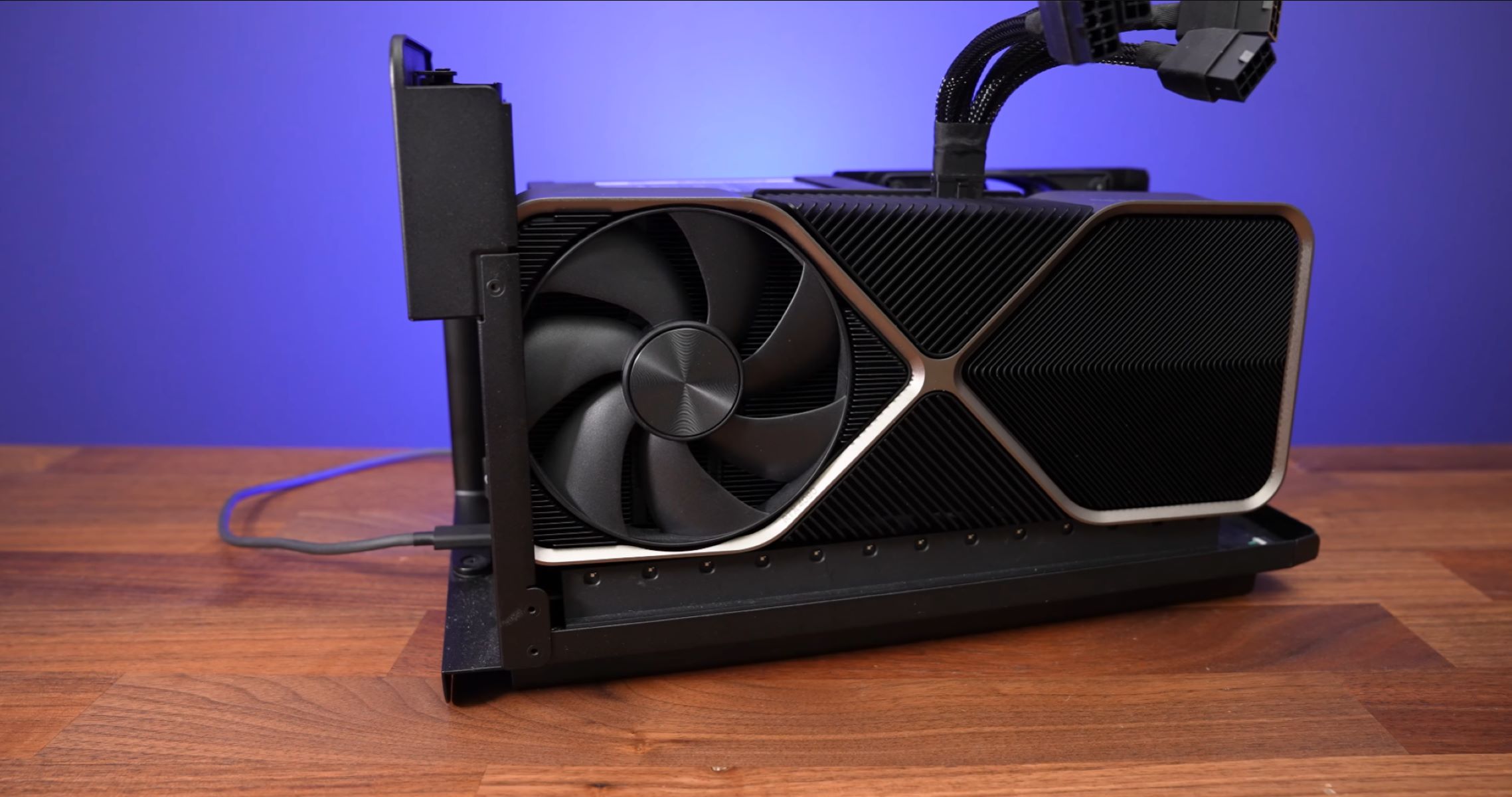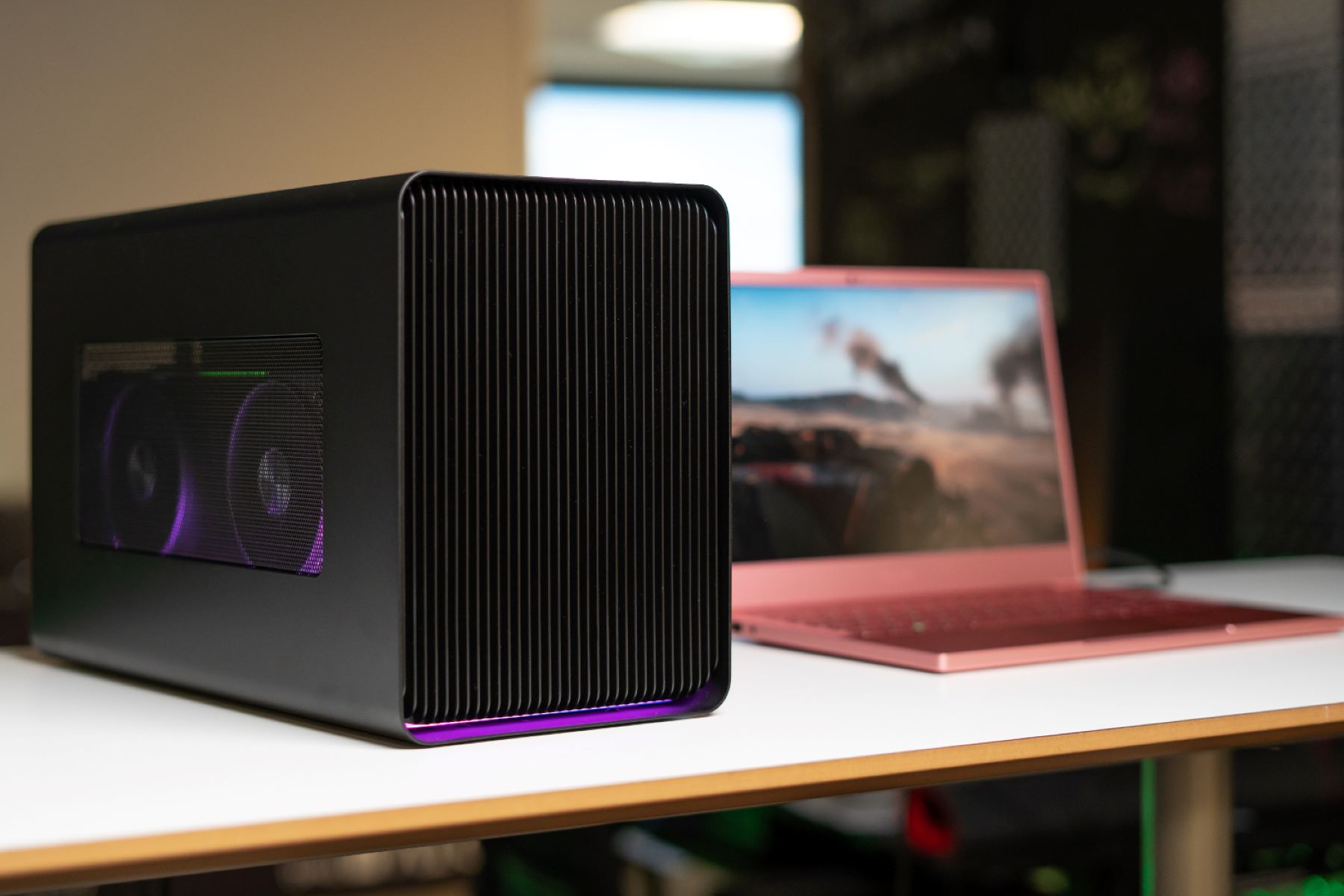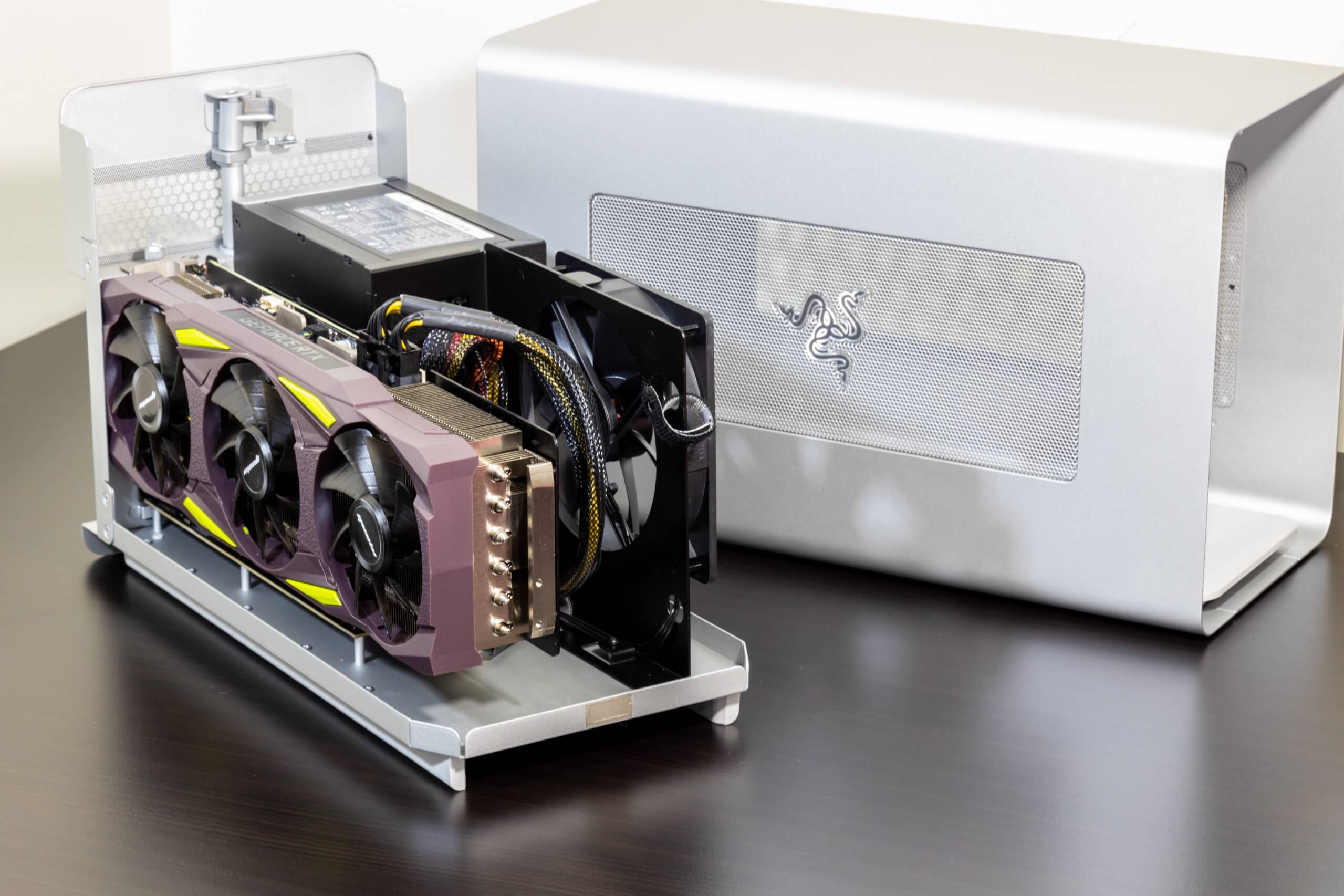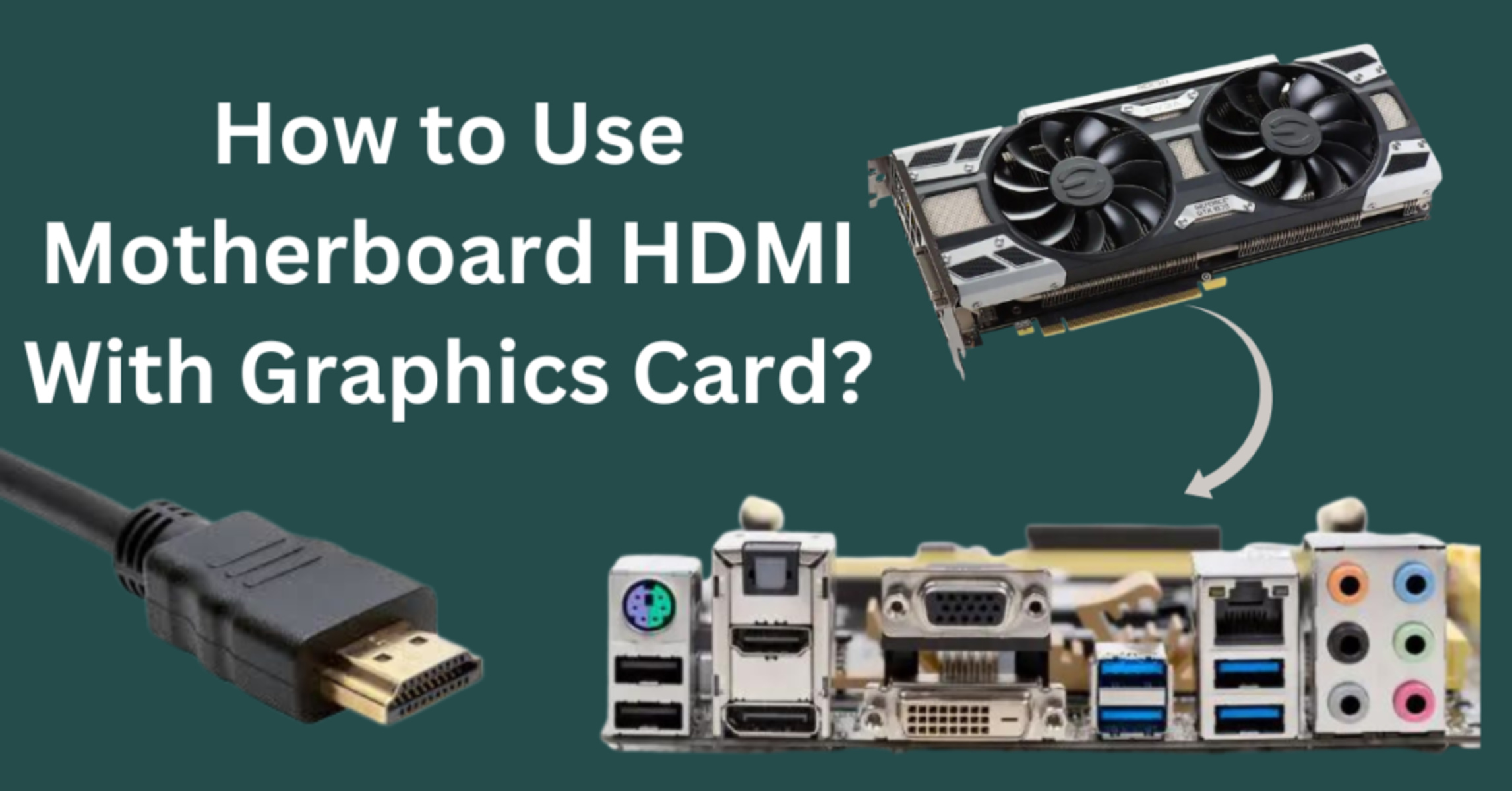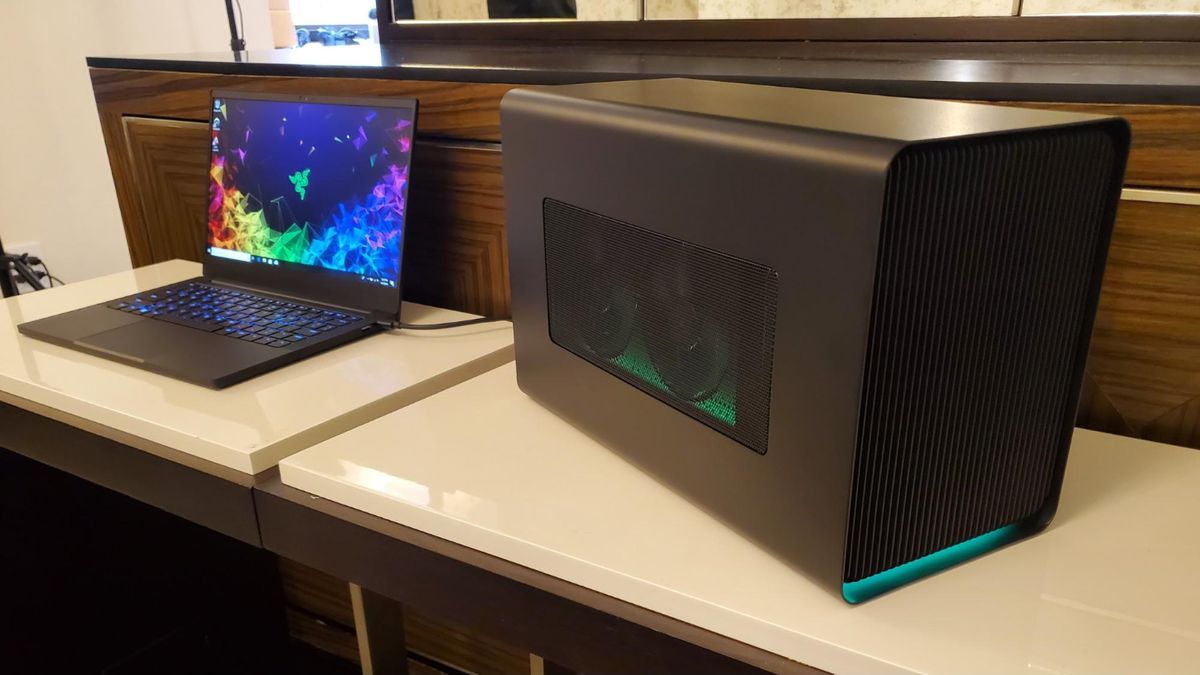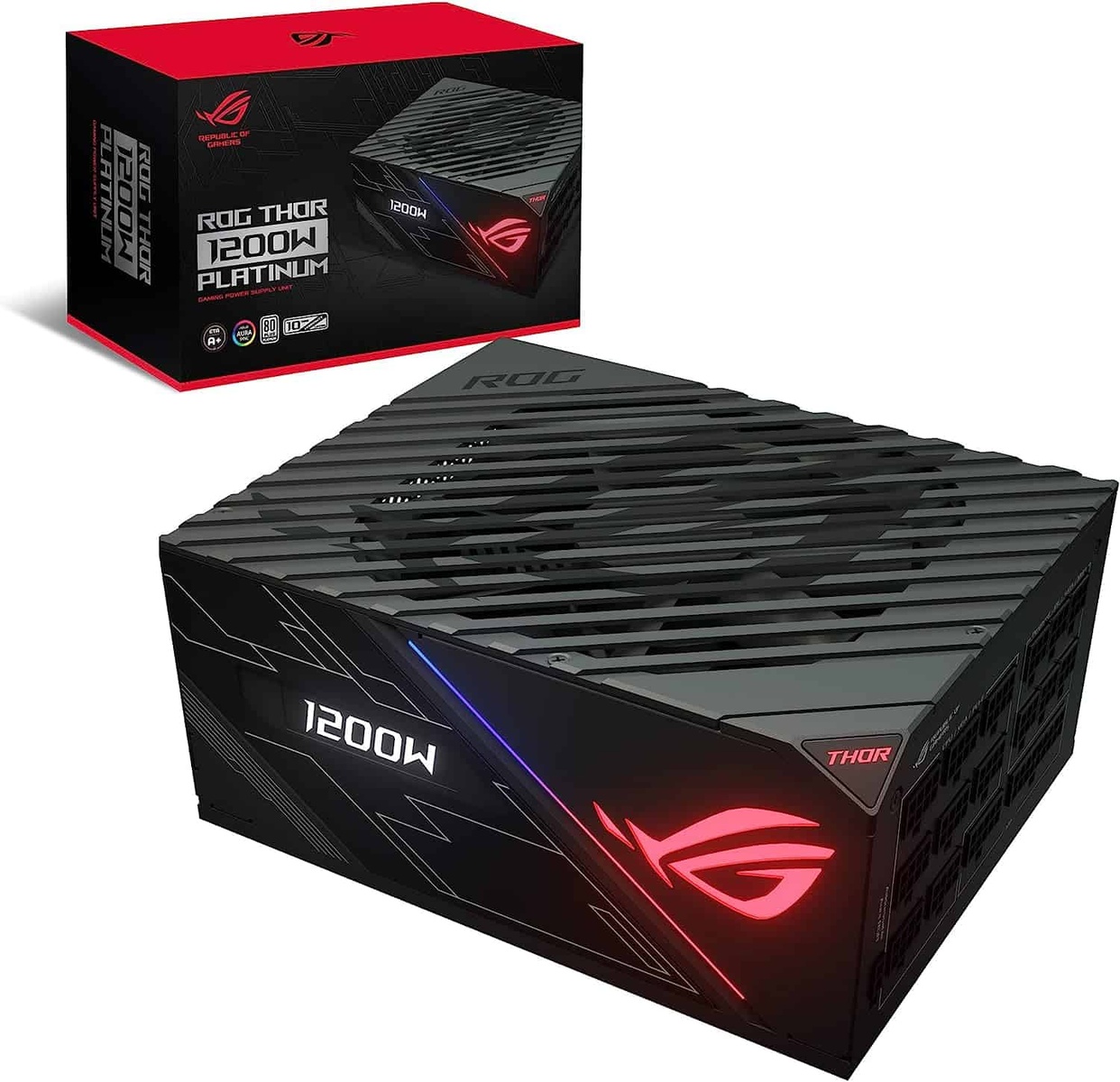Introduction
Welcome to the world of gaming, where graphics play a vital role in creating immersive and visually stunning experiences. When it comes to gaming consoles, the graphics card is an integral component that determines the visual fidelity and performance of the games. In this article, we will take a close look at the graphics card of one of the most popular gaming consoles – the Nintendo Switch.
The Nintendo Switch, released in 2017, quickly gained widespread popularity for its unique hybrid design that allows gamers to enjoy both handheld and console gaming. While its portability and innovative features have garnered praise, questions often arise regarding its graphics capabilities. How does the Nintendo Switch’s graphics card compare to other gaming consoles? Can it handle high-end games? In this article, we will explore these questions and more.
Understanding the graphics card of the Nintendo Switch is essential for gamers, as it directly affects the visual quality and performance of games. With its increasing popularity and a vast library of games, it’s vital to know what graphical capabilities the console offers.
We will delve into the technical specifications of the graphics card and evaluate its performance compared to other gaming consoles. Additionally, we will address whether it is feasible to upgrade the graphics card in the Nintendo Switch to enhance its capabilities.
So, whether you are a proud owner of a Nintendo Switch, contemplating getting one, or simply curious about the graphics card technology behind gaming consoles, this article will provide you with the insights you need to understand the graphics card of the Nintendo Switch.
The Graphics Card in Nintendo Switch
The graphics card in the Nintendo Switch is a customized version of NVIDIA’s Tegra X1 chip. NVIDIA is renowned for its expertise in graphics technology, making it a suitable choice for powering the Switch’s visual capabilities. The Tegra X1 chip combines both the CPU and GPU on a single chip, optimizing performance and power efficiency.
With the customized graphics card, the Nintendo Switch offers an impressive balance between performance and portability. The console has the capability to deliver high-quality graphics, whether in handheld mode or when docked to a TV. This versatility makes it stand out among its gaming console counterparts.
It is important to note that the Nintendo Switch’s graphics card is not as powerful as those found in more dedicated gaming systems like the PlayStation 4 or Xbox One. However, despite being less powerful, the console makes up for it with its unique features and game library, providing an enjoyable gaming experience.
The graphics card in the Nintendo Switch supports a maximum resolution of 1920×1080 pixels when connected to a TV, and 1280×720 pixels in handheld mode. This resolution allows for crisp and detailed visuals, enhancing the overall gaming experience. Additionally, the console utilizes techniques like dynamic scaling to maintain smooth performance, ensuring a consistent visual presentation even during more demanding gameplay moments.
Furthermore, the graphics card in the Nintendo Switch features NVIDIA’s CUDA cores, enabling developers to implement advanced graphics effects and techniques in their games. This allows for stunning visual effects, realistic lighting, and impressive textures, enhancing the overall graphical fidelity of the games available on the platform.
While the Nintendo Switch’s graphics card may not match the sheer power of its competitors, its unique design and customizable features make it a capable console for gaming on the go. Whether you’re exploring vast open worlds or engaging in fast-paced action, the graphics card in the Nintendo Switch delivers satisfactory performance and an enjoyable gaming experience.
Comparison with other gaming consoles
When comparing the graphics card of the Nintendo Switch with other gaming consoles, it’s essential to keep in mind the overall design and target audience of each system. While the Nintendo Switch may not have the raw power of consoles like the PlayStation 4 Pro or Xbox One X, it offers a unique experience that caters to a different demographic.
Both the PlayStation 4 Pro and Xbox One X are designed to provide cutting-edge graphics and performance for the most demanding games. These consoles boast more powerful graphics cards that can output games at higher resolutions and offer more advanced visual effects. They can handle graphically intensive games with ease, delivering stunning visuals on 4K displays.
On the other hand, the Nintendo Switch targets a broader audience, including casual gamers and families. Its focus on portability and versatility sets it apart from other gaming consoles. While the graphics card in the Switch may not match the raw performance of its counterparts, it still delivers impressive visuals and a satisfying gaming experience.
Despite the hardware limitations, the Nintendo Switch offers a range of exclusive games that are optimized for its unique capabilities. These games, such as “The Legend of Zelda: Breath of the Wild” and “Super Mario Odyssey,” showcase the console’s artistic design and creativity, providing a visually captivating experience.
Furthermore, the Nintendo Switch’s seamless transition between handheld and docked modes allows gamers to enjoy their favorite titles on the go or on a larger screen. This flexibility adds an extra layer of convenience and accessibility to the gaming experience.
Additionally, the Nintendo Switch’s graphics card provides sufficient power to run popular and acclaimed third-party games, although they may be slightly scaled down compared to their counterparts on more powerful consoles. However, the overall experience remains enjoyable and testament to the console’s capabilities.
Ultimately, the comparison between the Nintendo Switch and other gaming consoles comes down to personal preferences and priorities. If you prioritize high-end graphics and performance, the PlayStation 4 Pro or Xbox One X might be more suitable. However, if you value portability, versatility, and a diverse lineup of exclusive titles, the Nintendo Switch offers a compelling and unique gaming experience.
Performance of the Switch’s graphics card
The performance of the Nintendo Switch’s graphics card can be evaluated based on its ability to deliver smooth frame rates, handle graphically demanding games, and provide an immersive gaming experience. While the graphics card of the Switch may not match the raw power of its competitors, it still offers satisfactory performance for its target audience.
In handheld mode, the Nintendo Switch’s graphics card performs admirably, providing a seamless and enjoyable gaming experience on its 1280×720-pixel display. The console manages to render games with impressive detail and smooth frame rates, thanks to the optimization techniques utilized by developers and the efficient design of the graphics card itself.
When docked to a television, the Nintendo Switch’s graphics card is capable of outputting games at a maximum resolution of 1920×1080 pixels. While it may not support 4K resolution like its competitors, the Switch still delivers impressive visuals with vibrant colors and sharp details. The performance remains stable in most cases, maintaining a consistent frame rate for an enjoyable gaming experience.
It is worth noting that some graphically intensive games may require slight compromises in terms of resolution or visual effects to ensure smooth performance. Developers often employ dynamic resolution scaling or adjust graphical settings to maintain a consistent frame rate, resulting in a visually pleasing experience without sacrificing gameplay quality.
The Nintendo Switch’s graphics card also benefits from NVIDIA’s expertise in the gaming industry. NVIDIA’s GPU architecture, combined with the console’s unique features and optimization techniques, enables developers to create visually appealing games that run smoothly on the Switch.
While the console may not handle graphically demanding games at the same level as its more powerful counterparts, the Switch compensates with a diverse selection of games that focus on artistry, creativity, and unique gameplay experiences. This approach ensures that the graphics card’s performance aligns with the console’s overall design philosophy and target audience.
Ultimately, the performance of the Nintendo Switch’s graphics card allows gamers to enjoy a wide range of visually pleasing and captivating games. While it may not offer the same level of graphical fidelity as other gaming consoles, the Switch excels in providing a fun and immersive gaming experience that can be enjoyed both at home and on the go.
Is it capable of running high-end games?
The Nintendo Switch’s graphics card, while not as powerful as those found in other gaming consoles, is still capable of running high-end games. However, it’s important to understand that the performance and graphical fidelity of these games may be slightly scaled down compared to their counterparts on more powerful consoles.
Developers understand the hardware limitations of the Nintendo Switch and optimize their games accordingly. They make adjustments to graphics settings, implement dynamic resolution scaling, or utilize other techniques to ensure a smooth performance and maintain an enjoyable gaming experience.
While the Switch may not showcase games in native 4K resolution like the PlayStation 4 Pro or Xbox One X, it still manages to deliver impressive visuals with its maximum output of 1920×1080 pixels when docked. The graphics card also supports advanced graphics effects and techniques, allowing developers to create visually appealing games within the capabilities of the console.
The Nintendo Switch has proven its ability to handle graphically demanding games, such as “The Witcher 3: Wild Hunt” and “Doom,” which have been successfully adapted to the console. While these games may have slight graphical downgrades compared to their counterparts on more powerful systems, they still provide an immersive and enjoyable gaming experience on the Switch.
It’s important to note that the Nintendo Switch is not primarily marketed as a high-end gaming console but rather as a versatile hybrid device that offers gaming on the go. Its unique design and features set it apart from other consoles, catering to a broader audience who value both portability and gaming convenience.
The library of games available on the Nintendo Switch ensures that gamers can find a variety of titles to suit their preferences. While the console may not be the go-to choice for those seeking cutting-edge graphics, it offers a range of unique and engaging experiences that showcase the console’s versatility and the capabilities of its graphics card.
Ultimately, while the Nintendo Switch’s graphics card may have limitations compared to more powerful consoles, it still holds its own when it comes to running high-end games. The console offers a diverse and enjoyable gaming experience, making it a viable option for gamers looking for both convenience and access to a solid lineup of games.
Graphics card specifications
The graphics card in the Nintendo Switch is a customized version of NVIDIA’s Tegra X1 chip. Here are the key specifications that define its performance:
- GPU Architecture: The graphics card is based on NVIDIA’s Maxwell architecture, which provides a good balance between performance and power efficiency, ideal for a portable gaming console like the Switch.
- CUDA Cores: The graphics card features 256 CUDA cores, allowing developers to implement advanced graphics effects and techniques in their games. This contributes to improved graphical fidelity and realism.
- Memory: The graphics card is equipped with 4GB of LPDDR4 RAM, which provides ample memory bandwidth for rendering detailed textures and handling multiple game assets simultaneously.
- Clock Speed: The graphics card operates at a base clock speed of 768 MHz and can boost up to 921 MHz in certain scenarios. This ensures smooth performance and optimal power consumption.
- Resolution Support: The graphics card supports a maximum resolution of 1920×1080 pixels when connected to a TV and 1280×720 pixels in handheld mode. This allows for sharp and detailed visuals, enhancing the gaming experience.
- Optimization Techniques: The graphics card utilizes various optimization techniques such as dynamic resolution scaling and adjusting graphical settings to maintain a consistent frame rate and provide an enjoyable gaming experience.
While the specifications of the Nintendo Switch’s graphics card may not rival those of more powerful gaming consoles, they are optimized to deliver a satisfying gaming experience within the console’s portable design and hardware limitations.
Developers have effectively harnessed the capabilities of the graphics card to create visually appealing games that run smoothly on the Nintendo Switch. Through clever optimization and artistic design choices, they have demonstrated the console’s potential for delivering immersive gaming experiences, even with its more modest hardware specifications.
Overall, the graphics card in the Nintendo Switch offers a suitable blend of performance and power efficiency for a portable gaming console. While it may not boast the sheer computational power of its competitors, it provides enough graphical prowess to support a wide range of visually captivating games.
Upgrading the graphics card in the Switch
Unlike traditional gaming PCs, the graphics card in the Nintendo Switch is not designed to be user-upgradeable. The console’s hardware components, including the graphics card, are integrated into a unified system that cannot be easily modified or replaced by the user.
This design choice ensures the stability and compatibility of the console, as all games are developed and optimized specifically for the Switch’s hardware configuration. Modifying the graphics card could potentially disrupt this optimization, leading to performance issues and compatibility problems with games.
Furthermore, the compact and portable nature of the Nintendo Switch makes it challenging to accommodate a user-upgradeable graphics card. Given the console’s form factor and the need to maintain its portability, any attempt to upgrade the graphics card could compromise the device’s overall design and functionality.
While upgrading the graphics card is not possible on the Nintendo Switch, the console’s hardware limitations have not hindered its success. The system has a vast library of games that showcase impressive visuals and provide enjoyable gaming experiences within the capabilities of the existing graphics card.
Instead of focusing on upgrading individual components, Nintendo continues to optimize its software and deliver system updates to enhance the overall performance and gaming experience on the Switch. These updates, along with the efforts of developers in optimizing their games for the console, ensure that the Switch continues to provide a satisfying gaming experience without the need for user-upgradeable hardware.
If you are seeking a gaming console with user-upgradeable hardware, there are other options available on the market, such as gaming PCs or certain models of gaming consoles. These platforms offer greater flexibility in terms of hardware customization and upgrades.
Ultimately, while it may be tempting to upgrade the graphics card in the Nintendo Switch, it is important to recognize and appreciate the console’s unique design and capabilities as they are. The Switch’s existing graphics card, though not as powerful as its competitors, is still capable of delivering enjoyable gaming experiences and a diverse range of visually appealing games.
Conclusion
The graphics card in the Nintendo Switch, though not as powerful as those found in other gaming consoles, provides a satisfactory gaming experience for its target audience. The console’s unique design, portability, and versatility set it apart from its competitors.
While the Nintendo Switch may not deliver the same level of graphical fidelity as consoles like the PlayStation 4 Pro or Xbox One X, it compensates with a diverse lineup of games that prioritize artistry, creativity, and unique gameplay experiences.
The graphics card’s performance in the Nintendo Switch allows for smooth frame rates, impressive visuals, and an immersive gaming experience. The console adequately handles graphically demanding games, albeit with minor compromises in resolution or visual effects.
It is important to recognize that the Nintendo Switch’s graphics card is not user-upgradeable, as the console’s hardware components are integrated into a unified system. However, this design choice ensures stability, compatibility, and the ability to optimize games specifically for the available hardware.
Ultimately, the Nintendo Switch provides a viable and enjoyable gaming option for those seeking a blend of convenience, portability, and a diverse library of games. Its graphics card, though not the most powerful on the market, delivers sufficient performance to create captivating and immersive gaming experiences.
Whether you’re playing on the go or enjoying gaming sessions on the big screen, the Nintendo Switch offers a compelling platform that continues to grow and evolve. Its graphics card plays a crucial role in delivering enjoyable gameplay and visually appealing experiences that cater to a wide range of gamers.
So, whether you’re a proud owner of a Nintendo Switch, considering getting one, or simply curious about its graphics capabilities, rest assured that the console’s graphics card provides a satisfactory and immersive gaming experience, perfect for on-the-go gaming or relaxing at home.







